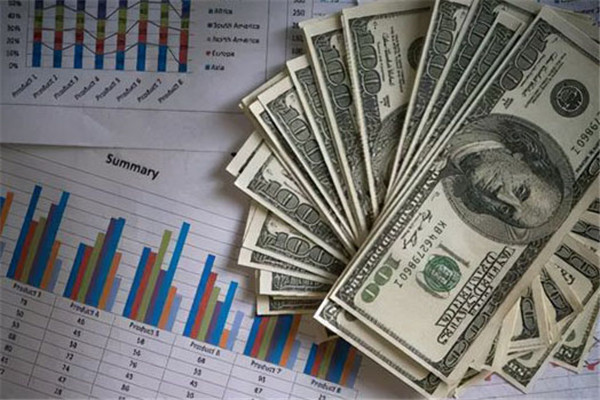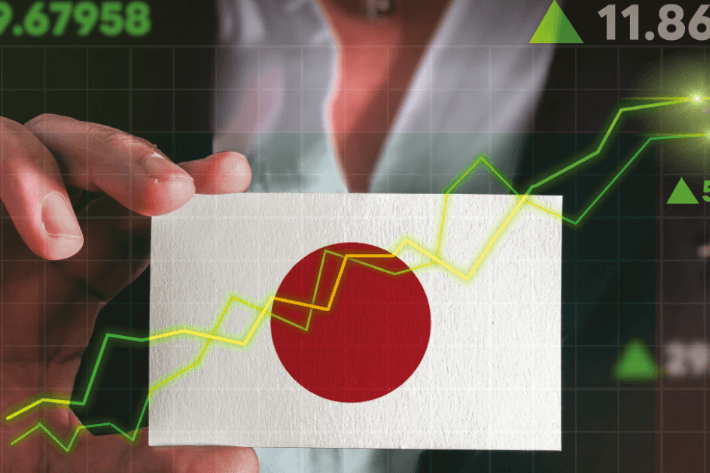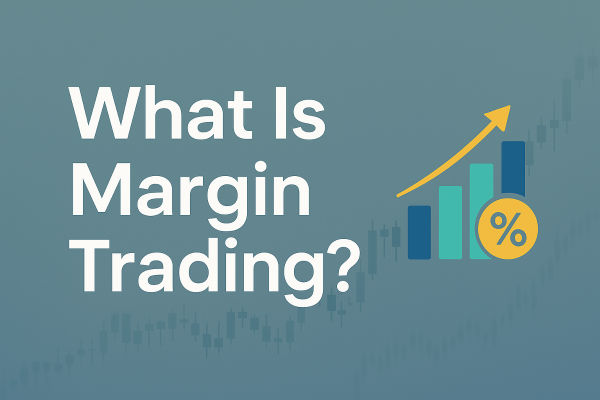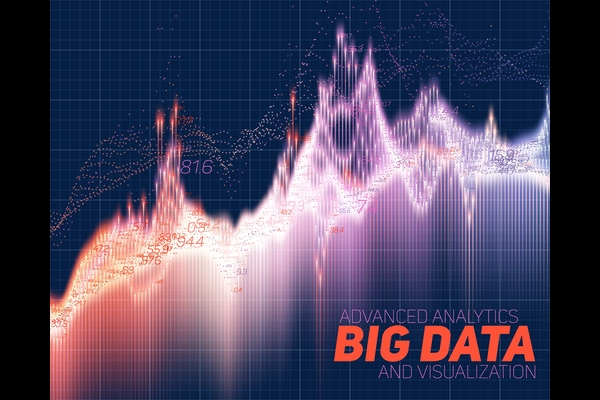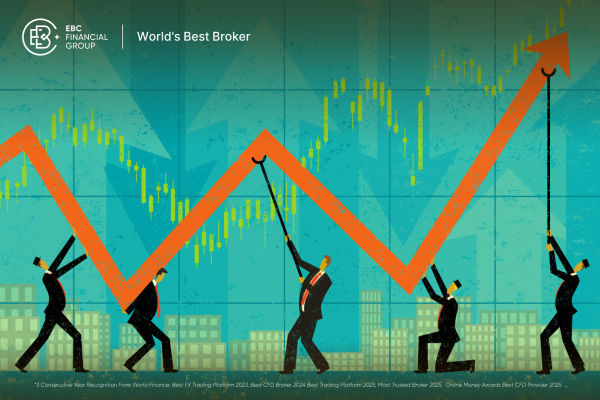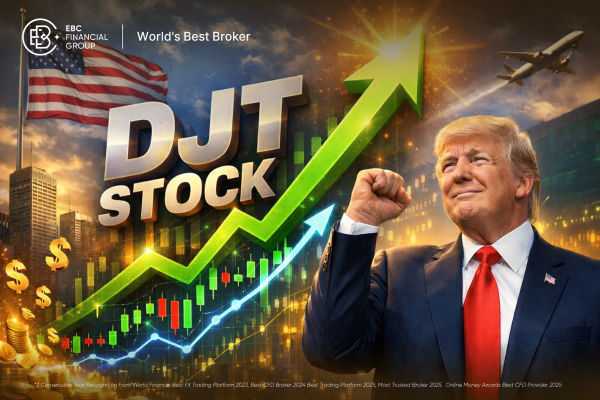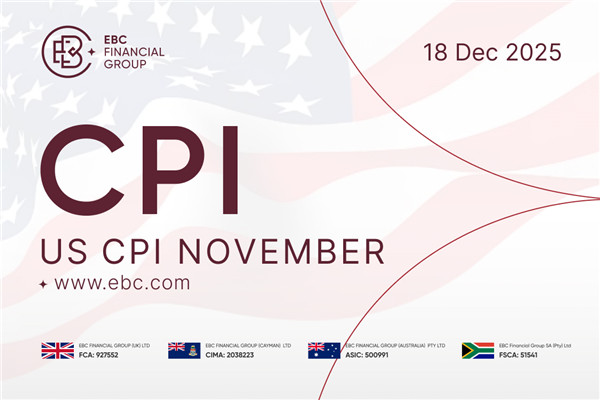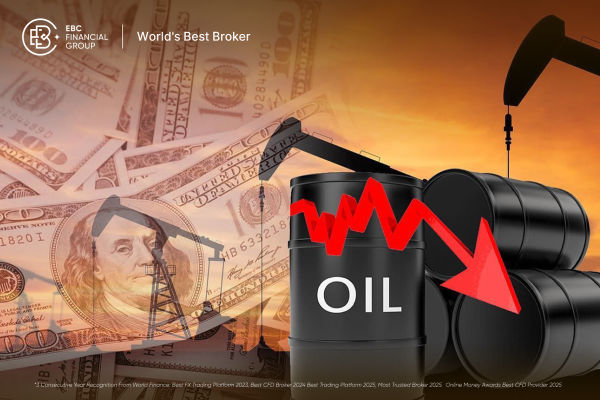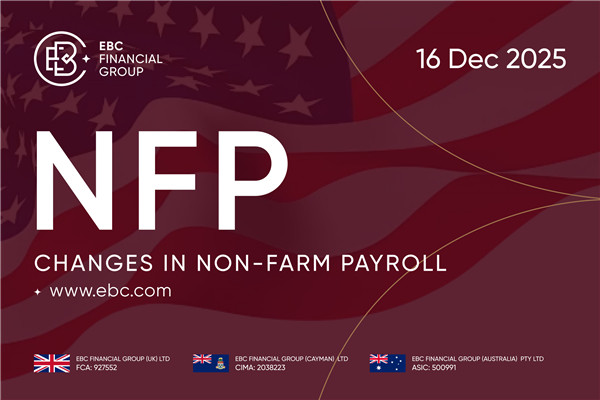Gap refers to a fault formed by two consecutive candlesticks (or bar curves) representing the changes in the exchange rate of a currency.
Usually, according to the time cycle adopted by forex traders, when one candlestick chart ends, the next candlestick chart is about to begin forming; At this point, there will be an overlap between the closing price of the completed candlestick chart and the opening price of the new candlestick chart.
However, if there is a gap formed between the closing price of the closed candlestick chart and the opening price of the new candlestick chart, there will be a significant gap, and the new candlestick chart may appear above or below the closed candlestick chart.
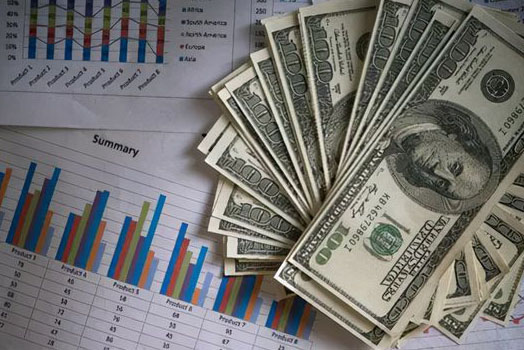
Is there a Distinction between a Forex Shortfall and a Forex Gap?
Forex short selling and forex gap are a concept that usually refers to a significant gap or discontinuity in forex prices between two adjacent trading days.
Forex short selling refers to a significant gap in forex prices between the previous day's closing price and the next day's opening price, i.e. skipping a certain price range. For example, if the euro/dollar exchange rate is 1.1100 at the close of Friday and 1.1150 at the opening of Monday, it can be said that there has been a forex short.
Forex gap refers to the same phenomenon, where forex prices show significant gaps or interruptions between two adjacent trading days, i.e. skipping a certain price range.
Therefore, the concepts of forex short selling and forex gap are the same, both indicating a significant gap or discontinuity in prices between two adjacent trading days.
【 EBC Platform Risk Reminder and Disclaimer 】: There are risks in the market, and investment needs to be cautious. This article does not constitute investment advice.
